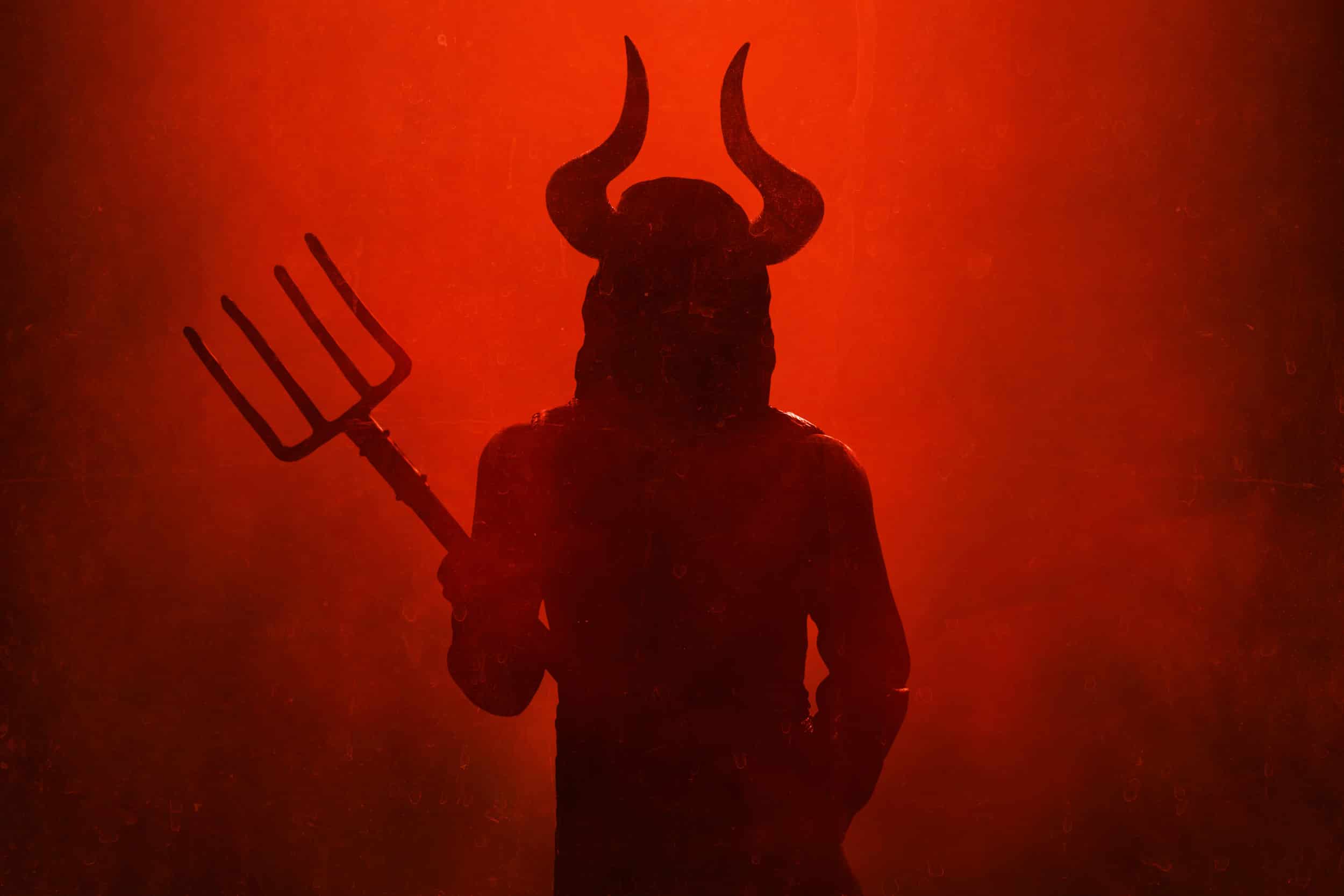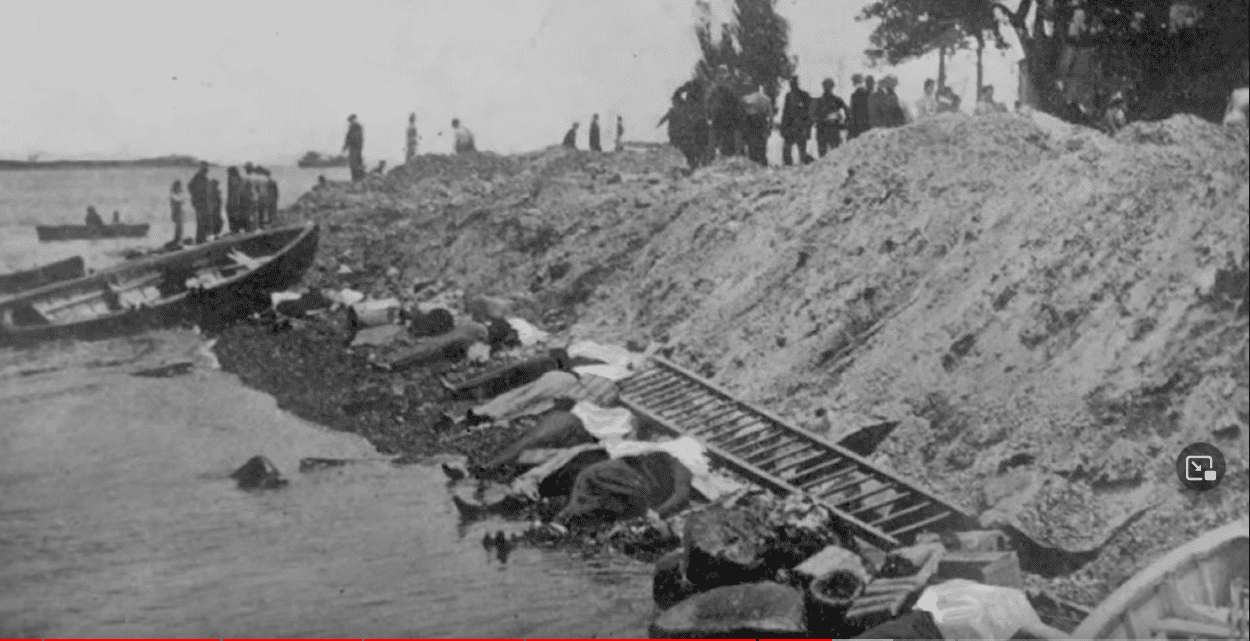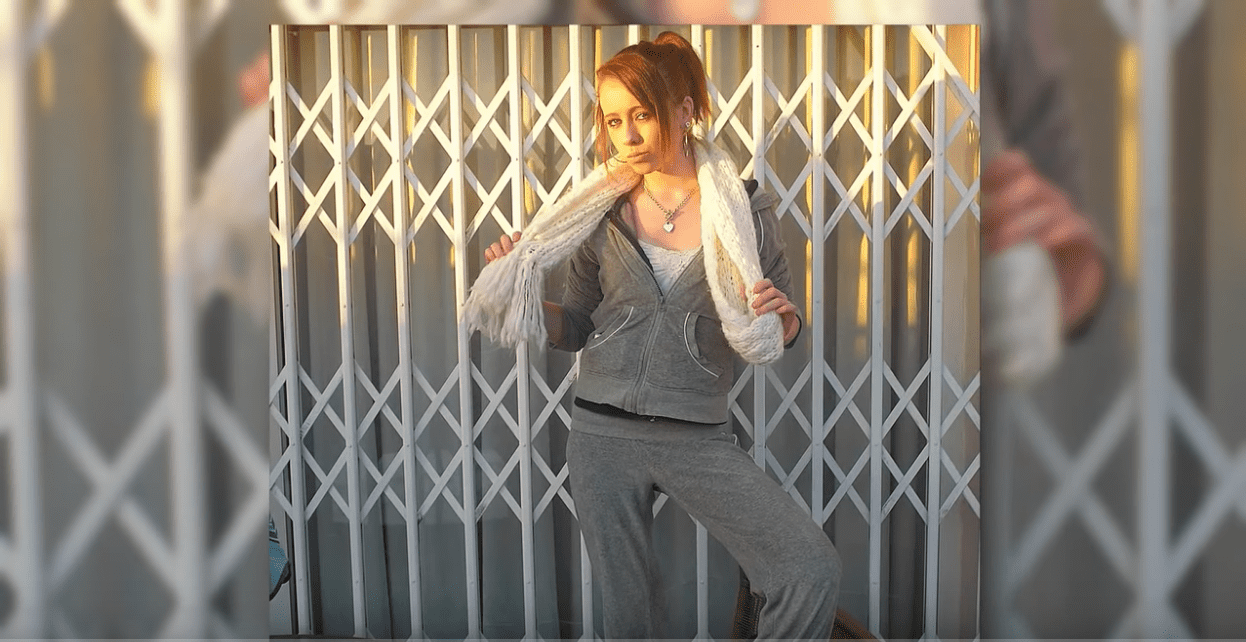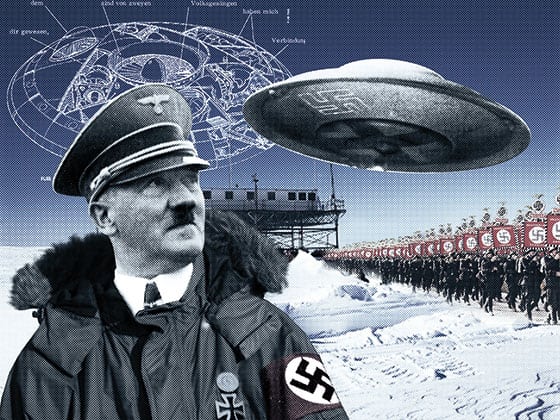The Satanic Panic was a cultural phenomenon that occurred in the United States during the 1980s and early 1990s. It was a moral panic fueled by fear, misinformation, and paranoia, resulting in a widespread belief that satanism and ritual abuse were rampant in society. This fear was driven by sensationalist media coverage, fear-mongering by conservative groups, and false testimonies by therapists who used suggestive interviewing techniques.
At its height, the Satanic Panic led to widespread panic and paranoia, with claims of widespread satanic cults engaging in ritual abuse, human sacrifice, and cannibalism. This led to numerous highly publicized criminal investigations and trials, which often relied on discredited or coerced testimony from children and young people who were subjected to intense interrogations and suggestive techniques.
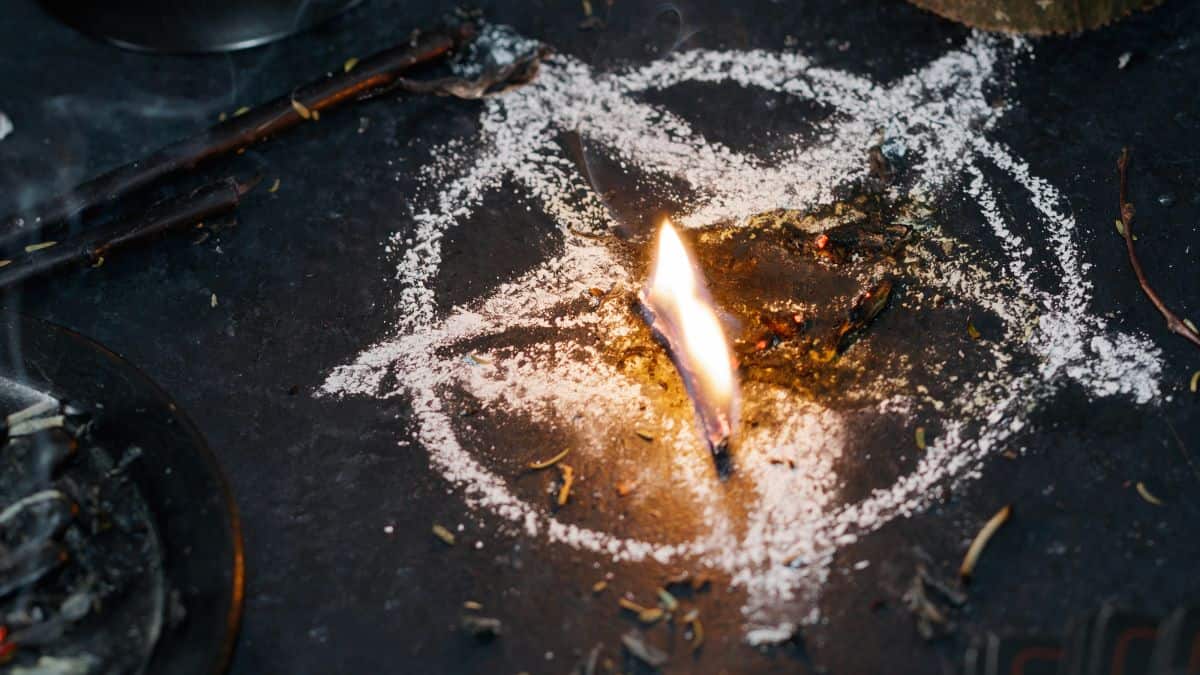
The hysteria also led to a widespread cultural backlash against heavy metal music, Dungeons & Dragons, and other forms of popular culture that were seen as promoting satanism or the occult. Many musicians, writers, and artists were falsely accused of promoting satanism and faced public shaming, legal trouble, and career damage as a result.
Eventually, the Satanic Panic began to subside as the public became aware of the lack of evidence supporting the claims of widespread satanic abuse and as several high-profile cases were debunked. In the end, the Satanic Panic was shown to be a case of mass hysteria, driven by fear, paranoia, and misinformation.
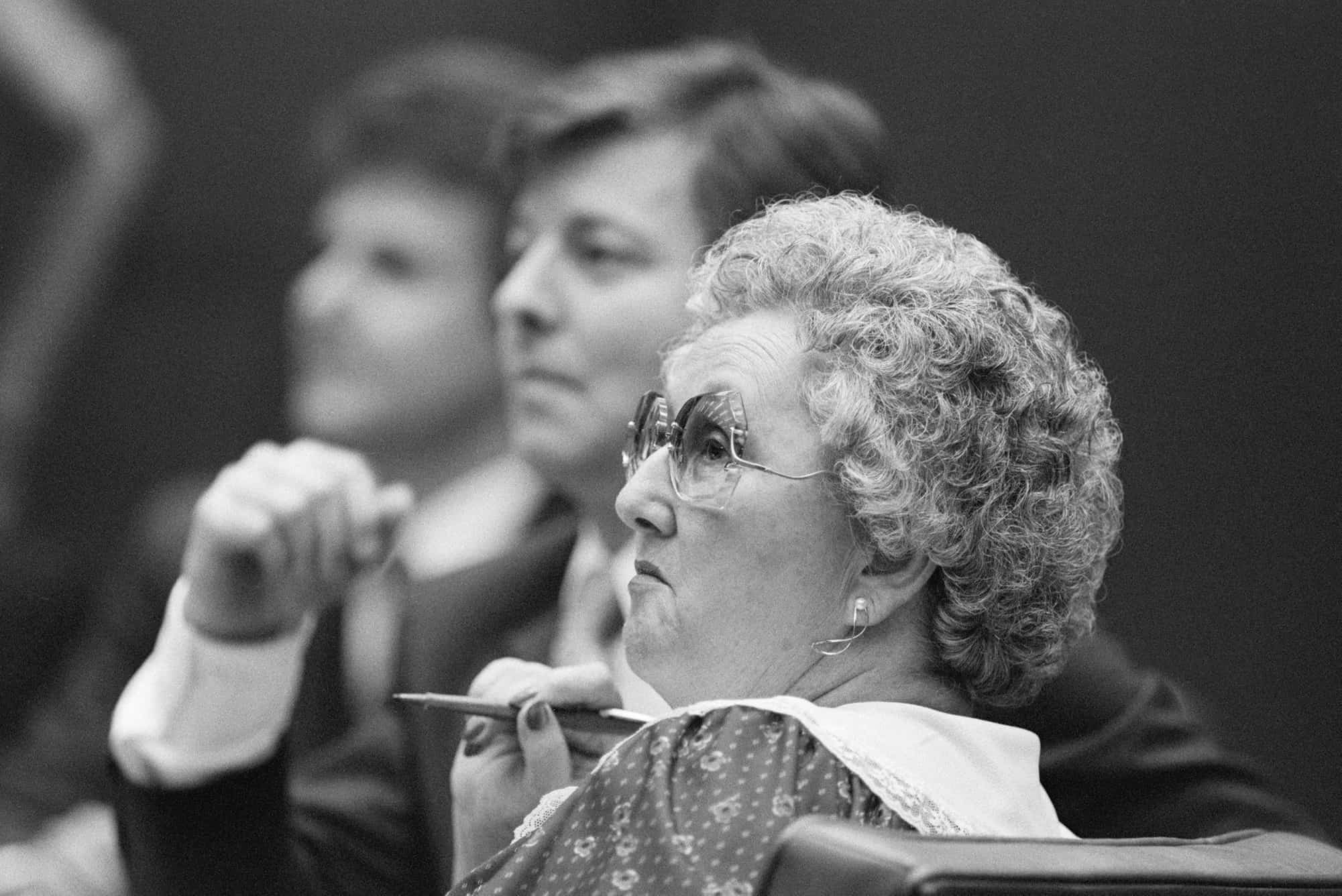
Today, the Satanic Panic is widely seen as a cautionary tale about the dangers of mass hysteria and the dangers of jumping to conclusions without evidence. It serves as a reminder of the importance of critical thinking, skepticism, and the need to be vigilant against misinformation and fear-mongering.
